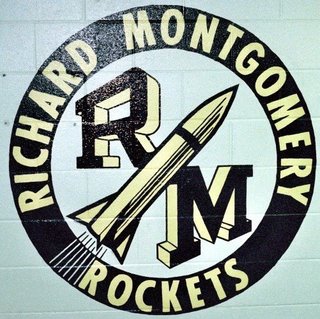

Robert Livingston Nicholson, " Cable Cars in Kansas City," Manuscript, Missouri Valley Special Collections, 1969. Rick Montgomery & Shirl Kasper, Kansas City: An American Story (Kansas City, MO: Kansas City Star Books, 1999), 10-11, 28-36, 158.
Electric Trolley, Microfilm: Native Sons Scrapbooks, Roll 59. Vertical File: Kansas City Area Transportation Authority. Vertical File: Kansas City-Mass Transit. Vertical File: Street Railways-Cable Car. Conrad details the electric trolleys that connected Kansas City to nearby cities.Ĭontinue your own research on the history of public transportation in Kansas City using the following archival resources contained in the Missouri Valley Special Collections: Heartland Traction: The Interurban Lines of Kansas City, by Edward A. Hilton describes Kansas City’s cable cars with photographs, pp. The Cable Car in America: A New Treatise upon Cable or Rope Traction as Applied to the Working of Street and Other Railways, by George W. Kansas City Streetcars Remembered, by Henry Elsner primarily a photographic history. A Splendid Ride: The Streetcars of Kansas City, 1870-1957, by Monroe Dodd an excellent history of cable cars and electric streetcars in Kansas City with many photographs and maps. Rand, McNally & Co.'s Map of the Main Portion of Kansas City shows Kansas City’s public transportation networks, 1890Ĭheck out the following books about streetcars in Kansas City:.  9th Street Incline from West Bottoms to Quality Hill. View images of streetcars from the Missouri Valley Special Collections: Vaughan Diamond Building, The Junction Profile located on one of the busiest streets in Kansas City, thanks in part to the cable cars running along 9th Street. Read about the history of Kansas City buildings relating to the cable cars, prepared by the Missouri Valley Special Collections: Biography of Robert Gillham, Rapid Transit Pioneer. Read full biographical sketches about key developers in Kansas City, prepared by the Missouri Valley Special Collections: Accordingly, the last electric streetcars wound through Kansas City in the 1950s, and today greater Kansas City possesses more freeway miles per capita than any other metropolitan area in America. Nichols strongly favored the use of private vehicles or buses. Expansions of roadways for the Country Club Plaza and southward suburban development under the leadership of J.C. By the 1920s Kansas City embraced automobiles as the favorite method of transportation. Despite the advantages of electric streetcars, another innovation, the automobile, gradually replaced them. Cable cars gradually disappeared from the landscape of Kansas City and most of the United States.
9th Street Incline from West Bottoms to Quality Hill. View images of streetcars from the Missouri Valley Special Collections: Vaughan Diamond Building, The Junction Profile located on one of the busiest streets in Kansas City, thanks in part to the cable cars running along 9th Street. Read about the history of Kansas City buildings relating to the cable cars, prepared by the Missouri Valley Special Collections: Biography of Robert Gillham, Rapid Transit Pioneer. Read full biographical sketches about key developers in Kansas City, prepared by the Missouri Valley Special Collections: Accordingly, the last electric streetcars wound through Kansas City in the 1950s, and today greater Kansas City possesses more freeway miles per capita than any other metropolitan area in America. Nichols strongly favored the use of private vehicles or buses. Expansions of roadways for the Country Club Plaza and southward suburban development under the leadership of J.C. By the 1920s Kansas City embraced automobiles as the favorite method of transportation. Despite the advantages of electric streetcars, another innovation, the automobile, gradually replaced them. Cable cars gradually disappeared from the landscape of Kansas City and most of the United States. 
In the early twentieth century, electric streetcars proved to be more energy efficient, required less maintenance, and were easier to construct than cable cars.







 0 kommentar(er)
0 kommentar(er)
